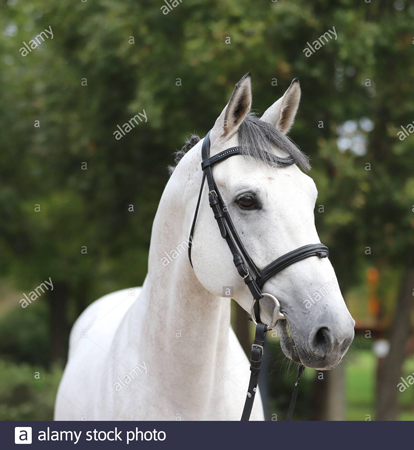
As a writer I owe one important “aha” moment to that Master of Horror, Stephen King, and the character of Dick Hallorann in The Shining.
(Before anyone starts up about “spoilers,” the book came out in 1977, you all.)
In The Shining, a family moves to an isolated luxury hotel to act as winter caretakers while it’s closed. The Overlook Hotel is a vortex of darkness and evil, and those spiritual influences invade the family. The little boy, Danny, is especially vulnerable because he has “the shining,” a spiritual ability that lets him see ghost—and lets them see him.
Dick Hallorann is the hotel’s head chef, and he also has the shining. He is the vulnerable little boy’s only real friend. From very early in the book, I knew Hallorann would die. I’d read enough Stephen King by then to recognize the signs. As Hallorann becomes more and more helpful to Danny, even coming through the snow to save him, the plot-beats all aimed the story toward his death. His heroic death, but still death.
And then he didn’t die. Instead, he was badly wounded but got to live.
I was thrilled! I was also subtly disturbed. It was a cognitive dissonance problem. All the story elements pointed to him dying. “It was only a flesh wound,” seemed like a cheat at the end. I mean, don’t get me wrong, I was happy. But still.
We talk a lot now about “subverting expectations.” Back then, King subverted expectations a lot; but one of his subversions was to kill off characters your previous fiction reading assured you would never die. (SEE: Salem’s Lot.) He was subverting his own subversion here, and my problem with it, I think, was that he didn’t go back and jigger with some earlier plot elements. It read a little bit like he didn’t play fair.
Years later I read somewhere that King said that he had planned for Hallorann to die, but the character became more appealing as the book went on. (Although he didn’t mention this, Hallorann shows up in later works, and it’s possible King was already thinking of other things this character could do for him.) At the end, he decided to let him live.
I laughed when I read that, like, “I knew it!” Stephen King, an idol of mine, didn’t have feet completely of clay, but he had a couple of clay toes. “He just liked a character too much to kill them off.”
I don’t gloat about that now, because I have a character like that. It isn’t even a character. It’s a horse.
When I sketched out the plot of Copper Road, it was inevitable that a Very Bad Thing would happen to a horse in the story. As the story progressed and I sent Aideen and Ilsanja on their trek, it grew clearer which horse that would be.
There is nothing special about the horse. There is no psychic or emotional bond between the woman and the horse (although all the horses I wrote were more reactive to their riders’ emotional responses than our horses seem to be). These people didn’t even name working animals, so the trail horse had no name. I imagined he was pretty, because of who he belonged to, but basically he was a conveyance, nothing more.
But, darn it, he started growing on me. He was a lively horse who pranced sometimes and tossed his head. He had a lot of energy. And as I got closer to the decision point, I couldn’t bring myself to make a Very Bad Thing happen to him.
I was more craven than King. I didn’t even use the “it’s only a flesh wound” approach. No. I wrote in another horse, just so I could have the Very Bad Thing happen to it.
Yes, I wrote a stand-in horse.
Because I remembered that sense of cognitive dissonance, of something not quite right about Hallorann living, I went back through my draft and found places to foreshadow the possibility of a stand-in horse. With any luck, the only people who will know about my change of heart and the subsequent ruse will be you guys.
And I’ll never mock Stephen King for the Hallorann thing, not even in my own head, ever again.
